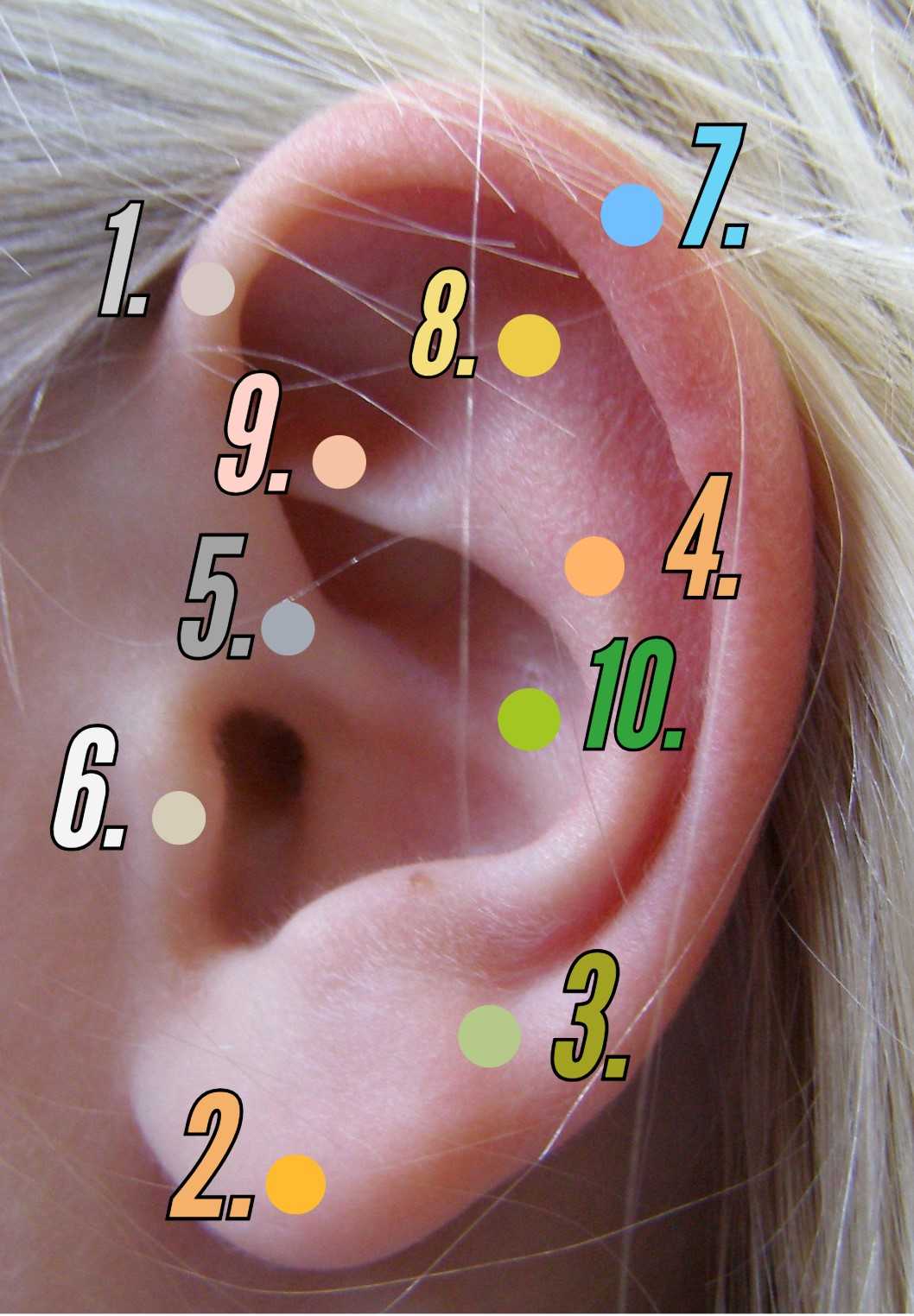
Stick a Pin in It Trivia Quiz
Name that Ear Piercing
You can get pretty much anywhere pierced nowadays. The ear alone has over a dozen named piercings. Can you match the named piercing to the correct part of the ear?
A label quiz
by Snowman.
Estimated time: 3 mins.
